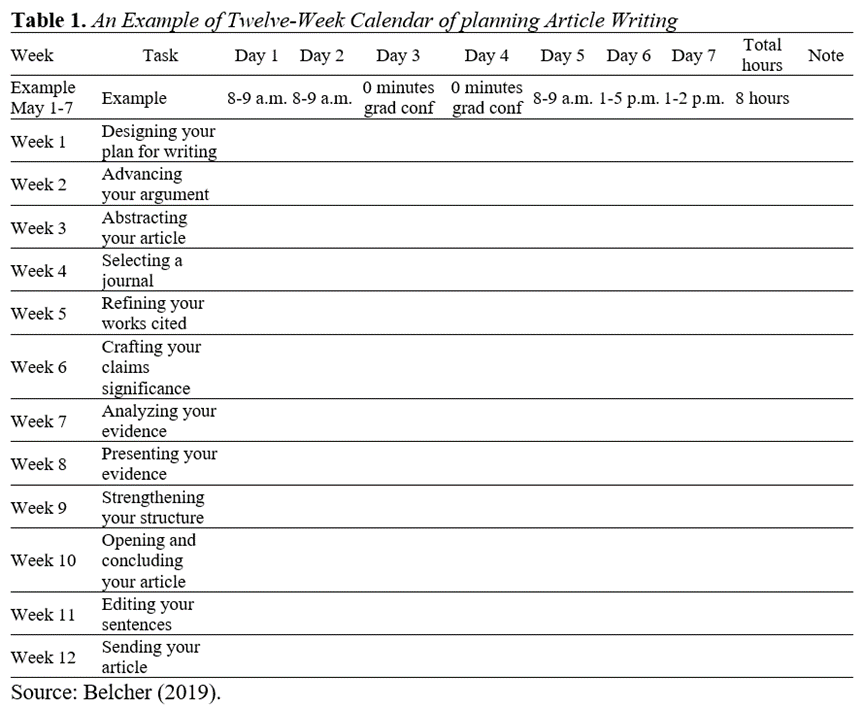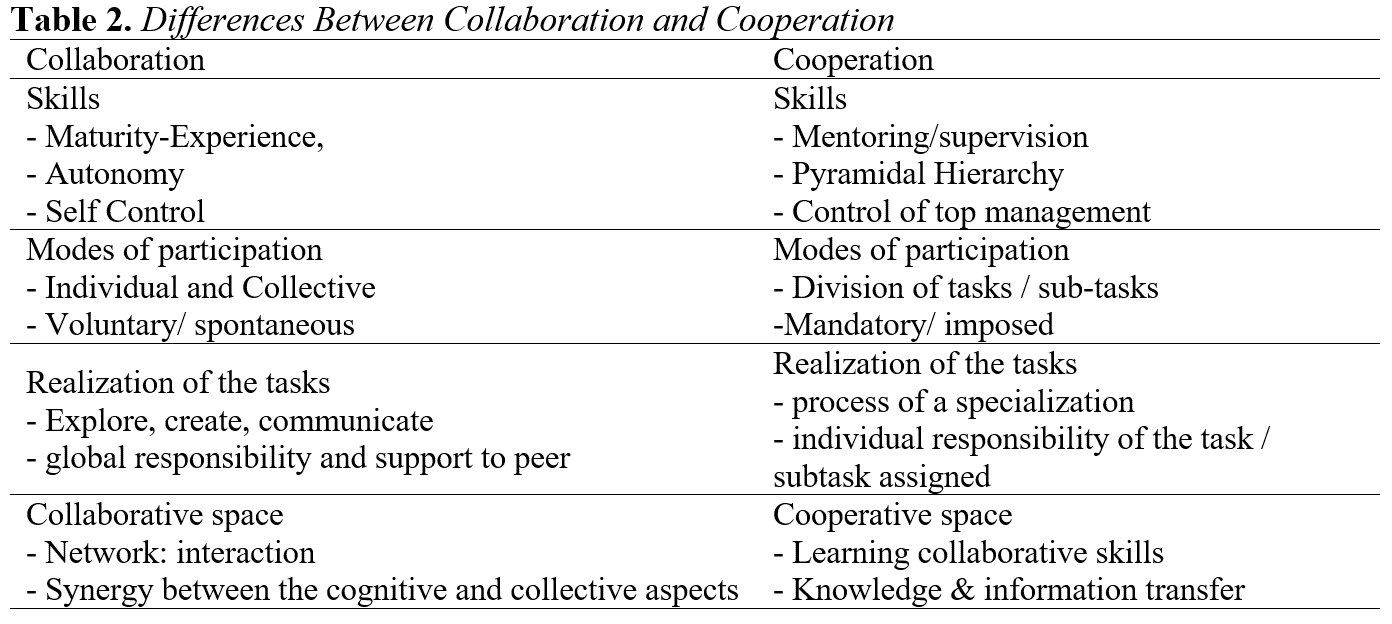Understanding the target audience is crucial in scientific writing. Knowing who will read your paper helps tailor the research's language, depth, and focus. Researchers often overlook this aspect, yet audience-oriented writing enhances comprehension and impact (Hyland, 2018). Therefore, for whom the researcher will write emerges as a factor that directly affects how he/she will write. Thus, as a writer you should always remember your audience because the authors academic publication aims to educate and persuade their intelligent readers (Lipson, 2005). From this perspective, you should give adequate information to educate your audience in your specific subject and show sufficient proof that you conducted proper research process, used appropriate methodology, extract original findings and results contribute literature and gave useful suggestion to the target audiences and new researchers. We can explain these two components as:
- Giving enough information to your audience: When you write an academic paper on specific subject you should give some information about your topic, main concepts about it, and background or history knowledge if necessary. In this point, if you give too much information to educate your audience it can be prolong your writing process and product. This can make hard to limit your study and write in the word limit of your target journal. Also, too much information can be understood as you were underestimating your audience. For example, you conducted an experiment on the effects of writing strategies usage in undergraduate level writing lesson. What kind of informative introduction is proper for it?
- Type 1: What is language? à Definitions of language skills à Writing as a language skill à How writing was invented? à Writing’s importance for development of civilization à Education and writing relationship à What is writing education? à Writing problems in education à Strategy usage to deal with problems in education àDefinitions of writing strategies à Types of writing strategies à Related studies à Defining the gap in literature à Importance of the study à Aims and research questions.
- Type 2: Complexity of writing process à Main writing problems of the study group of the study à Writing strategies as a solution of writing problems à Definition of writing strategies à Types of writing strategies à Related studies à Defining the gap in literature à Importance of the study à Aims and research questions.
- Type 3: Types of writing strategies à Related studies à Importance of the study à Aims and research questions.
As you can see, Type 1 contains too much information, and its theoretical framework is broader than it is needed. If author write that amount information in his/her paper it can be distractive and boring for the audience. For instance, in this example readers want to see whether writing strategies worked on undergraduate students’ writings so reading the kind of information such as definitions of language and language skills are useless and distractive. On the other hand, less information also does not work too. In Type 3, there is not any description of writing strategies, information about study groups’ writing skills/problems and defining the gap in the literature. Thus, as an author you should give information about main concepts in your paper, draw a theoretical framework and define the gap in literature that your study fill in. Hence, the Type 2 seem better for that kind of study.
Persuade your audience: As an informative text, academic studies have argumentative and persuasive features. Due to these aspects your academic studies should prove your argument and persuade your audience in both your research is qualified as it expected, and your findings and results make sense. In line with this purpose, there are some tips:
- In order to persuade your audience to your study’s contribution to the literature, define the gap in literature that your study fill in.
- Explain your aim and research questions certainly. Then design your results section in terms of it. Ambiguity in these elements can make your audience confused.
- Explain in detail why you chose the method and research design you used. By this way, your readers will be able to see which path your study followed and how it generated original data.
- Explain how you collect and analyze data. It is important to persuade your audience you implemented proper data collection and analysis process to your aim and method you chose.
- In order to ensure your audience that you presented dependable data you should explain them in different ways in terms of your study method. If you write a quantitative research paper, you should explain your data’s validity and reliability; if it is qualitative, you should explain your data’s trustworthiness; and if it is mixed method research you should explain all validity, reliability, and trustworthiness together in your method section.
- In order to convince your reader that no ethical violations occurred during your scientific study, you should explain in the methods section under the ethics heading how you obtained ethical approvals from the authorized institutions, how ethical procedures were followed in experiments using humans or other living beings, how verbal and written participant consents were obtained, and how you ensured the confidentiality of the participants' profiles.
- If you want your readers to understand your findings in a systematic way, organize your results section in synchronize with your research questions.
- To convince your readers that your findings are original and contribute to the literature, compare the findings of your study with the findings of previous studies in the literature in the discussions section. In the discussions section you will prepare in this way, especially revealing the results that differ from previous studies will persuade your readers about the originality of your study.
In conclusion, understanding the target audience is paramount in scientific writing. Tailoring the language, depth, and focus of research to the intended readership enhances comprehension and impact. Neglecting this aspect can result in disengagement and reduced effectiveness. It is essential for writers to remember their audience, aiming to educate and persuade them effectively. Providing adequate information while avoiding overwhelming the audience is crucial. The balance lies in Type 2, which offers sufficient detail without being overly exhaustive. Additionally, academic studies should possess persuasive features, substantiating arguments and findings while demonstrating their contribution to the literature. Clear articulation of aims, research questions, methodology, data collection, and analysis methods are vital to engender trust and credibility. Moreover, addressing ethical considerations and organizing findings in line with research questions aids in systematic understanding and enhances the persuasiveness of the study. Ultimately, effective scientific writing not only disseminates knowledge but also convinces and influences its audience, thereby advancing scholarly discourse and contributing to the broader scientific community.



